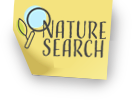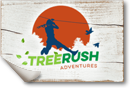Harvest Time
Now that hack and squirt season is slowing down, it’s time for our own harvest season. In order to ensure that our grass and flower seed supply is local, we collect much of it ourselves on our own property. We can’t always collect the quantity of seeds of the plants we need, so we still have to buy some native plant seeds or seed mixtures. In July, we begin checking for seed production, and making plans to collect seed. We don’t pick seeds from every plant, for a variety of reasons. Some plants have seeds that require special storage conditions, or need to go through a scarification process to germinate. We also are very careful not to over-pick an area so that natural regeneration can still occur.
Some of our early harvests are our woodland grasses, such as bottlebrush (Elymus hystrix), which Matt Miller is collecting below, and woodland brome (Bromus pubescens). But wait, isn’t brome bad? Not all brome is considered a nuisance. There are several invasive brome species, especially in our prairie areas, but woodland brome is native to Fontenelle Forest.
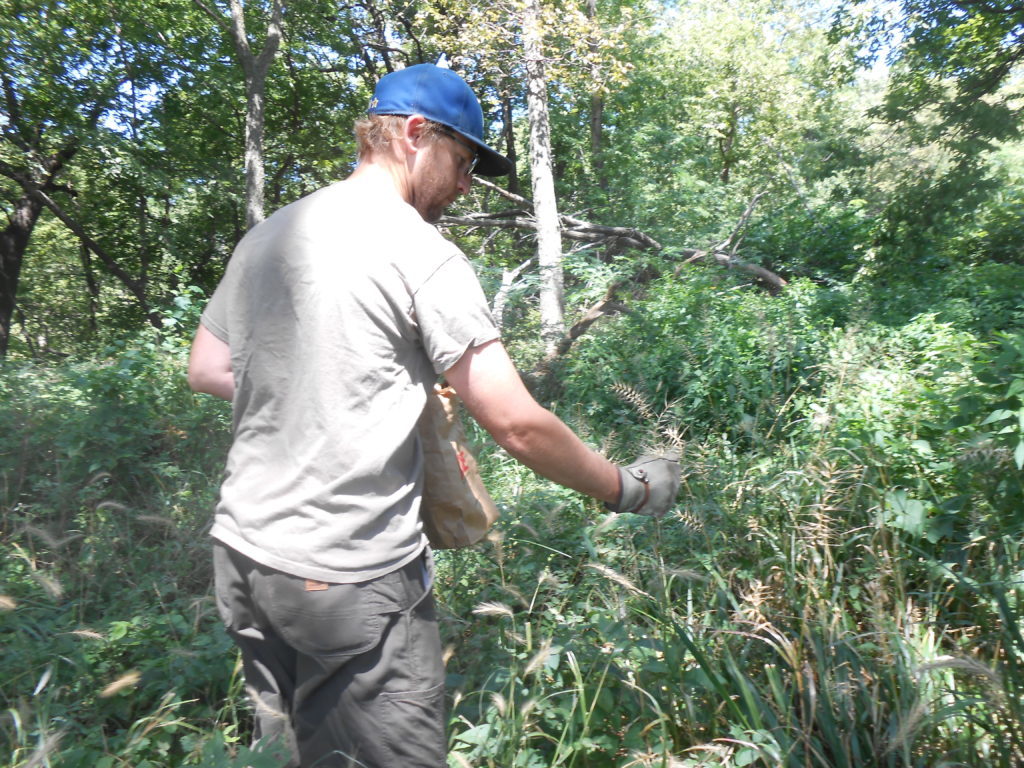
We also head out to our prairie areas to gather seeds from forbs (wildflowers) such as bergamot (Monarda fistulosa), purple prairie clover (Dalea purpurea), and leadplant (Amorpha canescens). We enlist the help of our land steward volunteer crew, to pick and clean the seed. Taking buckets in hand, we head out to our harvest areas and get picking. Some plants have easy seeds to harvest, like the grasses. Others require more effort, including removing the entire top part of the plant for processing later. We have to wear gloves for harvesting, as the seed heads from certain plants, such as rattlesnake master (Eryngium yuccifolium), can be quite sharp!
Once we get our seed back to the shop, it’s time to start drying it out, so it doesn’t mold or grow fungus. We use a baby pool to lay out the seed, set up a box fan to keep the air moving, and stir the seed around so that it gets as much airflow as possible.
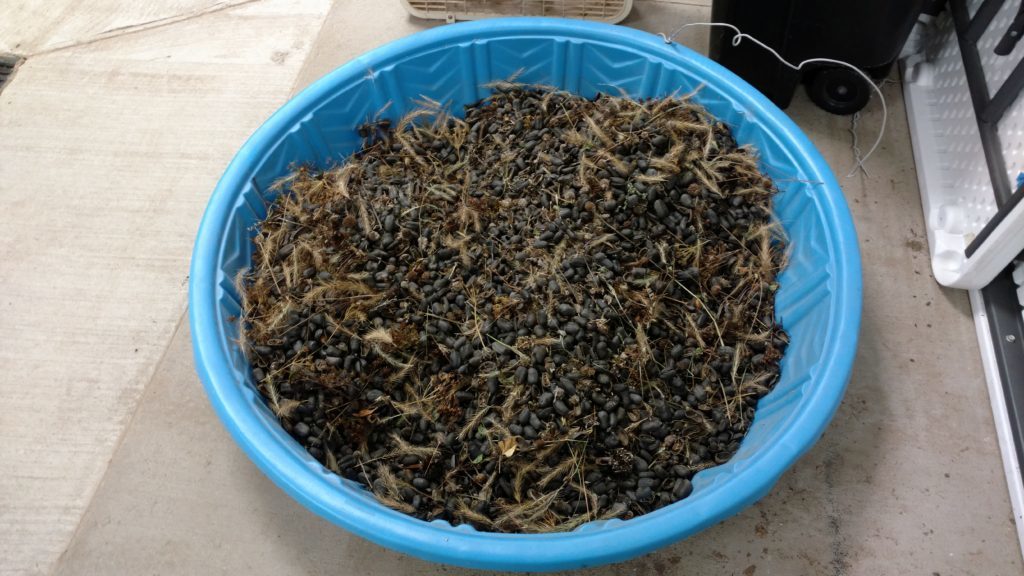
After the seed dries, it’s time to sift and clean it. We use a screen to sift out the large pieces of plant material and debris and we have to cut open some of the bigger seed pods. For example, white wild indigo (Baptisia alba) seed pods have to be opened and scraped out with a knife and many of the coneflower (Echinacea spp.) seed heads need to be scraped with a knife to loosen the seeds. While we don’t need to have the seed as clean as a commercial seed producer, we do want to increase our chances of germination in the spring, so we try to ensure there’s as much seed volume as possible. The cleaning process can take several weeks.
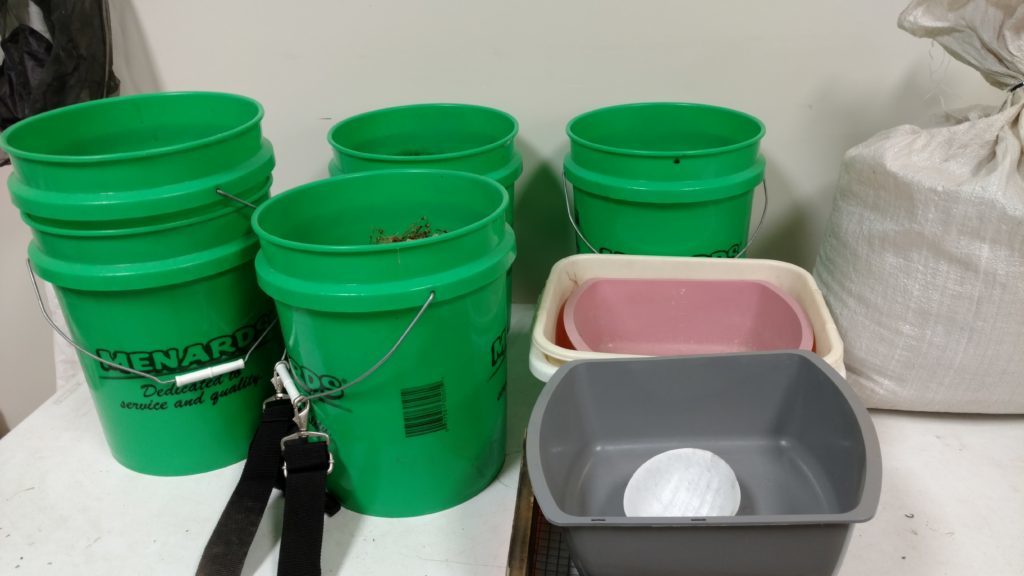


Once the seed is cleaned, it needs to be stored in a dry, cool place. We keep it from freezing during the winter, and we store it in seed bags placed in clean trash bins. This keeps any mice or other critters out of the seed.

We bag the seed according to type of habitat or particular mix we are looking for, such as woodland grass mix, prairie forbs, and mixed grass/forbs. We are now ready to sow the seeds in our restoration areas during the next growing season for the next generation of hikers, butterfly watchers, and nature enthusiasts to enjoy.

If you see us out in the forest, feel free to say hi, and ask questions. We are happy to share our passion for the oak woodlands and savannas. See you on the trails!
Michelle Foss, Restoration Biologist

